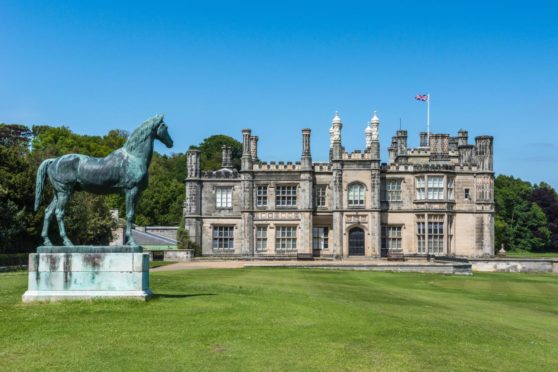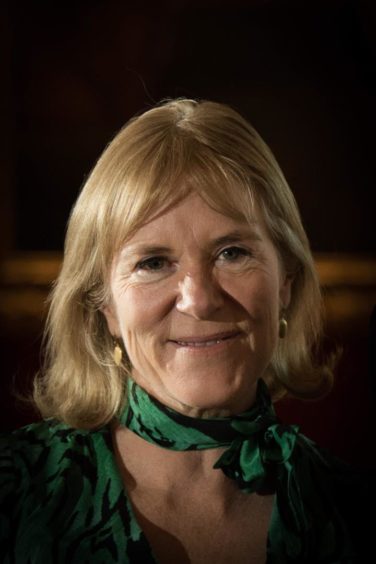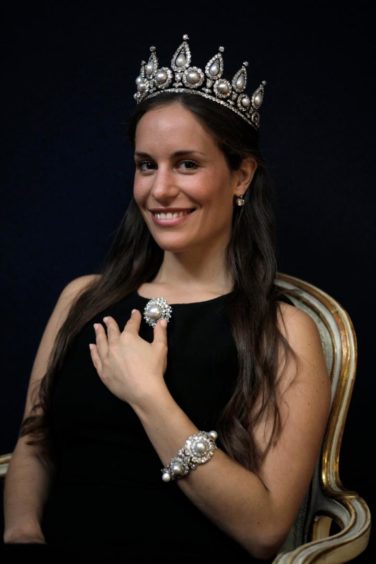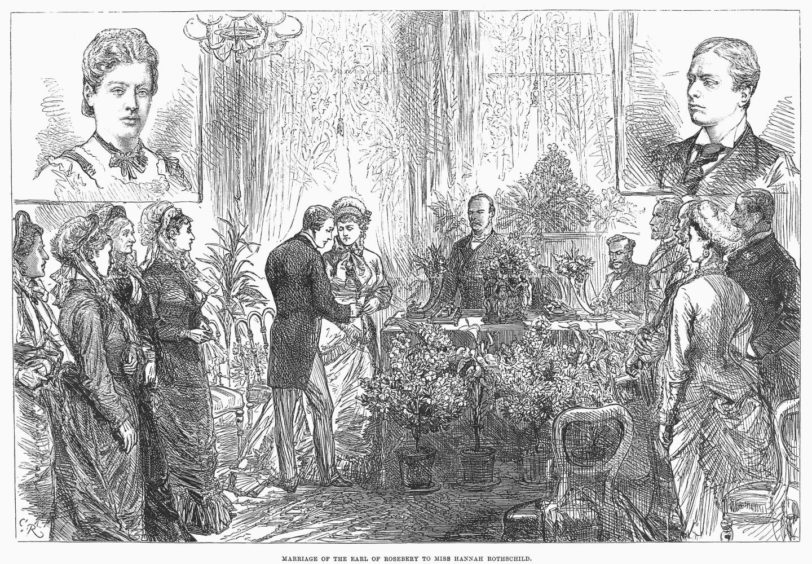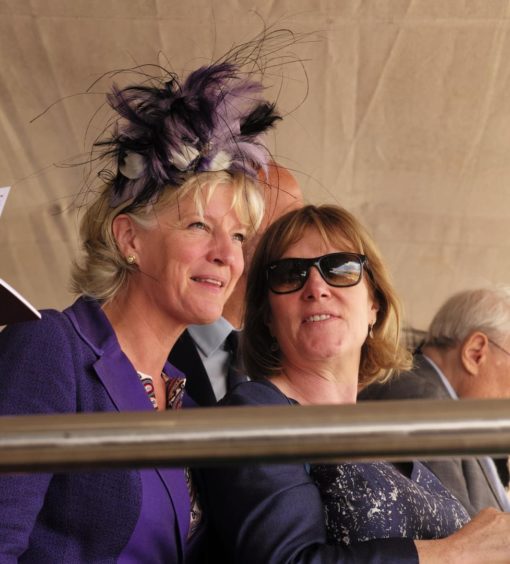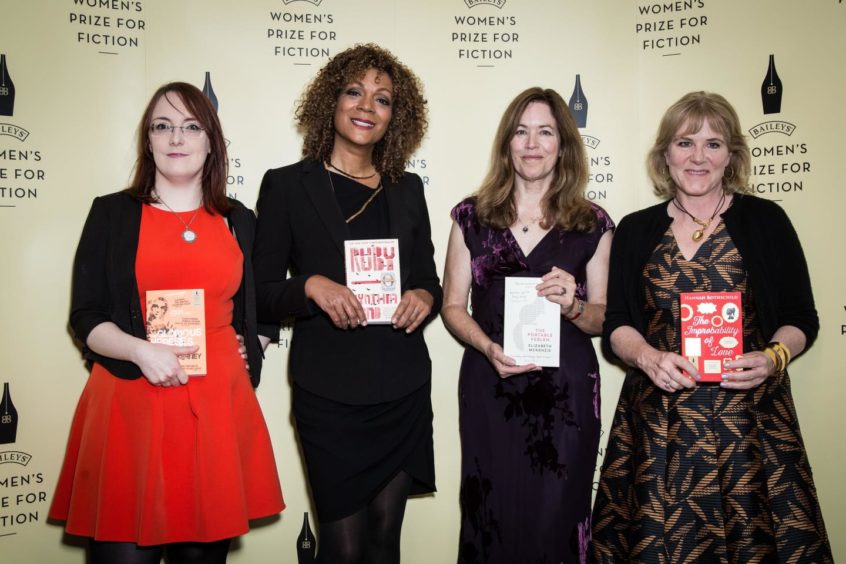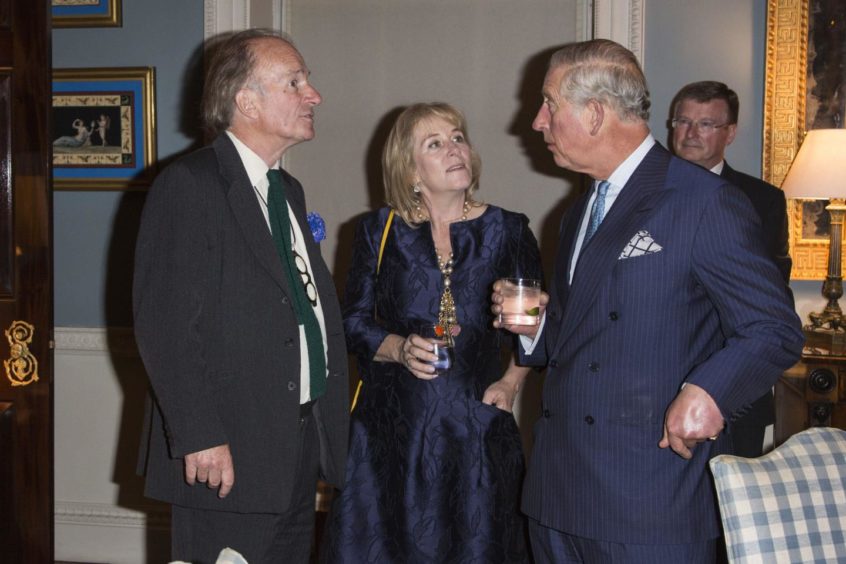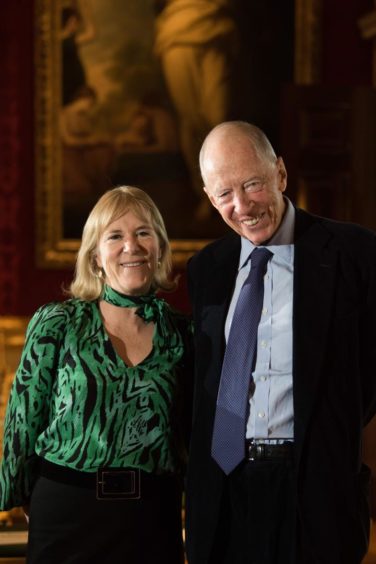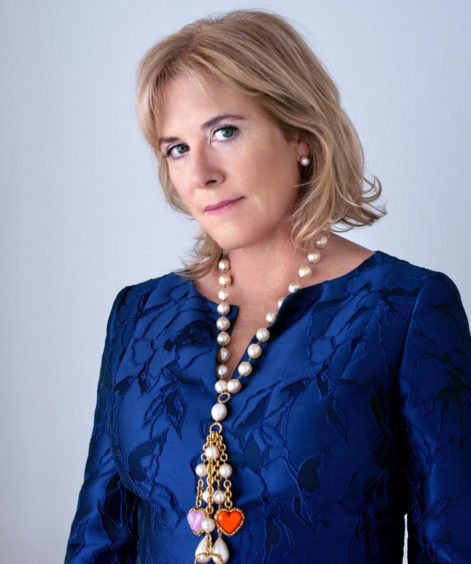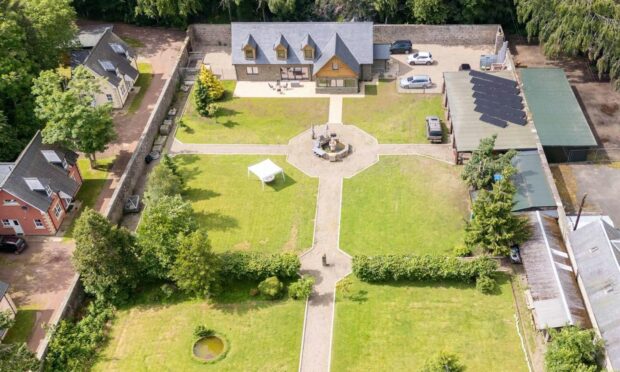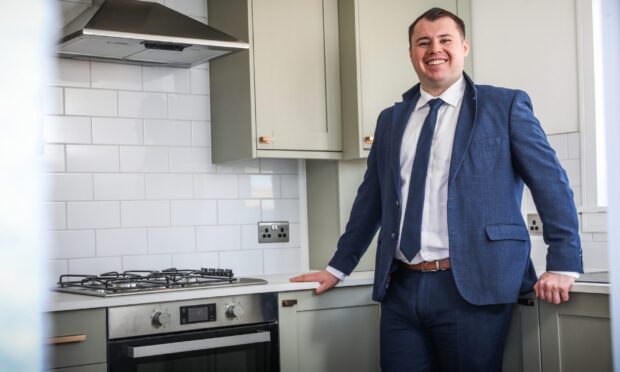It is one of the most famous family names in the world, the name Rothschild. The story of this enduring dynasty is one of great wealth and privilege at first glance.
It is also a family that suffered persecution and prejudice as they helped shape history over the centuries, particularly in the UK and Europe.
And here, in the 21st Century comes Hannah Rothschild, a successful film and documentary maker and biographer who has turned her hand to fiction, where she attracts comparisons with Evelyn Waugh and Nancy Mitford.
Gentle satire of the English class system
These comparisons are deserved. She is a skilful writer with an excellent vocabulary and a fine comedic touch. In House of Trelawney, her gentle satire of the English class system focuses on the rigid ties and inflexible traditions of English aristocracy, the same class that once frostily resisted the Rothschild family’s entry into British society, not least because they were Jewish.
Hannah’s novel is entirely without malice, rather it is playful and witty, but its deeper messages are unmistakable. Like Nancy Mitford’s work, it is funny, insightful and deft. Like Jilly Cooper, to whom she is also compared, she well understands the world of class and privilege in which her work is set.
Hannah’s fictional English bluebloods are sinking into penury in their vast, crumbling 800-year-old family seat, Trelawney Castle.
Misguided ventures and extravagances by successive Earls have ravaged the family coffers, the liveried servants are long gone and the depressed wife of the current Earl faces a daily battle to simply feed her family – there is only so much you can do with frozen mince.
The strong chains of tradition
But the strong chains of tradition bind tight, and the very trappings of what was once great privilege are now a trap.
It has been the story of many formerly wealthy and powerful families in Britain, although the Rothschild’s history largely differs. While much is publicly known of the famously discreet Rothschild family story – and really, it is a very long study – their Scottish connections are not often highlighted.
Hannah Mary Rothschild, the author, is named for Hannah Primrose de Rothschild (1851-1890), later the Countess of Rosebery, the only daughter of Baron Mayer de Rothschild and his wife, Juliana.
When that Hannah inherited her father’s fortune in 1874, she became the richest woman in Britain.
She married the Earl of Rosebery in 1878 which gave her a title, an entrée to society all her money could not. But more interesting is Hannah’s apparent social reform instincts.
Dalmeny House outside Edinburgh has been home to the Earls of Rosebery since 1662, and it was here the Earl and Countess would come for the grouse. Hannah had more to occupy her though. A particular interest was the welfare of women.
A pioneering woman
She was president of the Scottish Home Industries Association, encouraging women, particularly young widows, to work with plaid and other needlework at home to supplement the family income.
Queen Victoria also appointed Hannah president of the Queen Victoria Jubilee Institute for Nurses (nowadays the Queen’s Nursing Institute Scotland) and this was the early beginnings of the district nurse system.
She also established schools on her vast estates and supported oral instruction for what were then called the deaf and dumb, ensuring them a form of education.
Hannah, who died of typhoid fever at Dalmeny House at the age of 39, is also credited with being the driving force behind her husband’s ambitions which were, according to legend, to marry Hannah de Rothschild, own a Derby winner and become prime minister. He achieved all three, holding the latter office (briefly) after Hannah’s death.
The 21st Century Hannah Rothschild
Hannah Mary Rothschild, however, has made a remarkable career using her own skills and abilities. The daughter of Nathaniel Charles (Jacob) Rothschild, 4th Baron Rothschild, and his wife, Serena, she is the eldest of their four children and today, among other things, runs arms of the family business.
Besides that, her documentary films include profiles on the painters Frank Auerbach and Walter Sickert, the BBC series Relative Values and The Great Picture Chase. She also produced The Jazz Baroness (2008) for the BBC and HBO, about her great-aunt Pannonica (Nica) de Koenigswarter (she has also written a biography on her) and Hi Society (2009).
But she really broke through the glass ceiling when she was appointed chair of London’s National Gallery in 2015.
We’re talking – on Zoom – about women’s place in the world. Articulate, curious and interested, Hannah believes social, political and business equality for women has “come a long way and it’s got a long way to go. Is it 50-50? No, and it should be. It’s exciting to see women breaking the glass ceiling,” she adds.
One of the things I’m proudest of is our board was diverse, we started at 30 percent women, we eventually got to a 50-50 split; it was far healthier and more collegiate. It’s not tokenism.
Her National Gallery appointment did that, I suggest. Her answers are thoughtful. “I was the first female to chair the National Gallery in its 200-year history,” she acknowledges, “and one of the first women to chair a major institution.
“One of the things I’m proudest of, is our board was diverse, we started at 30 percent women, we eventually got to a 50-50 split; it was far healthier and more collegiate. It’s not tokenism, it’s better for everybody if you have a more diverse group of people. Take Holland for instance.
In Holland you have to have 50 percent gender equality, that’s the law now. I do believe unfortunately we have to mandate things, I think if we want change we have to. It makes change happen more quickly.”
Set as it is in the rigid traditions of the past, House of Trelawney also hits the future running, with the 2008 crash a parallel narrative.
The idea for the book came because she wanted to write about family and longstanding friendships – enduring friendship between women is central to the plot – as well as traditional resistance to change. And she wanted to write about high finance.
Disparate as all this sounds, it comes together. And yes, it is writing about what you know.
“I work in the family business, in finance. I serve as a non-executive director on a trust…I grew up in that milieu. I speak the language, if you like.
Colourful characters, margin calls and shorting stocks
“It’s quite difficult to write about something like that,” she adds. “It’s quite technical and boring, and I was nervous about making mistakes.” The characters she creates around this world are colourful enough – variously beautiful, odious and flawed – to enliven shorting stocks and margin calls.
Her first novel, The Improbability of Love, was shortlisted for the Baileys Women’s Prize for Fiction and won the Bollinger Everyman Wodehouse prize for best comic novel in 2015. Set in the world of art dealerships and galleries – another world she knows – it too has haves and have nots, new money and old.
I personally don’t think titles and entitlement are that healthy. My family has a title but we don’t sit in the House of Lords, we believe – or I do anyway – in meritocracy.
Given her fictional teasing of the aristocracy’s inability to adapt, how does she think it will adapt to a changed future?
“Traditionally the aristocratic class came from landowning gentry, you would have that class who were ennobled for favours to king and country,” she reflects. “You are always going to have a kind of aristocracy, wherever you are.
“I personally don’t think titles and entitlement are that healthy. My family has a title but we don’t sit in the House of Lords, we believe – or I do anyway – in meritocracy. Education is the only chance we have to combat issues, and social justice should mean equal opportunities.”
The Rothschild family has endured antisemitism and even imprisonment by Nazis. How does she think racism and prejudice could be combatted?
“It has to start with education,” she says firmly. Like so many things, she has thought about this a lot. She reads widely and she listens to many points of view.
“Prejudice starts in your nuclear family. That’s your first exposure. And then education, education, education – the more education, the more you eliminate it. I know that may sound platitudinous, but as human beings… we are all still human beings. It doesn’t matter what race or colour we are.”
Having said that, she believes the greatest threat we face is climate change and she hopes some innovations from the Covid-19 global lockdown could bring about good.
“I have read a lot about previous pandemics, like the Spanish Flu, and as a whole people actually want to go back to how it was before. I think people really just want the new normal to be the old normal…. But now we advantages like Zoom – we’ve not had that before.
For me the biggest threat to the world is climate change. I’d love to get on a plane and go on holiday, we all would, but we’ll think about travel in the future.
“I wouldn’t dream of getting on a plane when I can Zoom. For me the biggest threat to the world is climate change. I’d love to get on a plane and go on holiday, we all would, but we’ll think about travel in the future, and I think we’ll travel less. I think we’ll restructure our working lives too, we won’t be in the office every day, it will have benefits for families.”
Scotland remains one of her favourite places and she travels here extensively. “It’s so hard not to love it. It’s romantic, it’s beautiful, I love the people.”
She thinks the V&A Dundee is “extraordinary, amazing” and she has had two children at Edinburgh University, a city she vows to keep visiting.
Finally, back to Trelawney, which took four or five years – and 17 drafts – to write. She started writing with an image of a woman dead-heading roses in an overgrown garden.
“I don’t write prescriptively, I don’t know where the plot is going. It’s tremendously inefficient, I can’t tell you, but it’s a fun way to write.”
After a book is written she will put it away in a drawer for as long as she can stand it, before going through a more layered redrafting and editing process. She is addicted to writing, she says.
“I have a day job in our family businesses, so I work from 9-5. I treat writing like a love affair. I sneak out to coffee shops, I’ll take it on a train… And then if I am on a deadline, if it’s time for the last proof, then I get very disciplined, I’ll wake up at 5am and work till 8am before it’s time to go to work. They take a long time, books. It’s a bit like childbirth, if you knew how long and painful it was, after the first time you’d never do it again.”
For the record, I believe Hannah Rothschild has three children, and another complete book in a drawer.
House of Trelawney by Hannah Rothschild (Bloomsbury) is now available in paperback. For more see hannahrothschild.com
